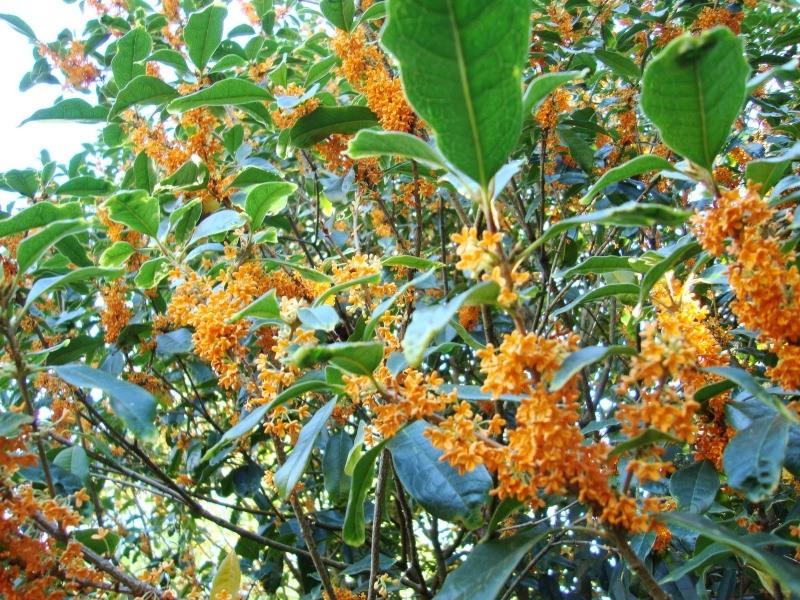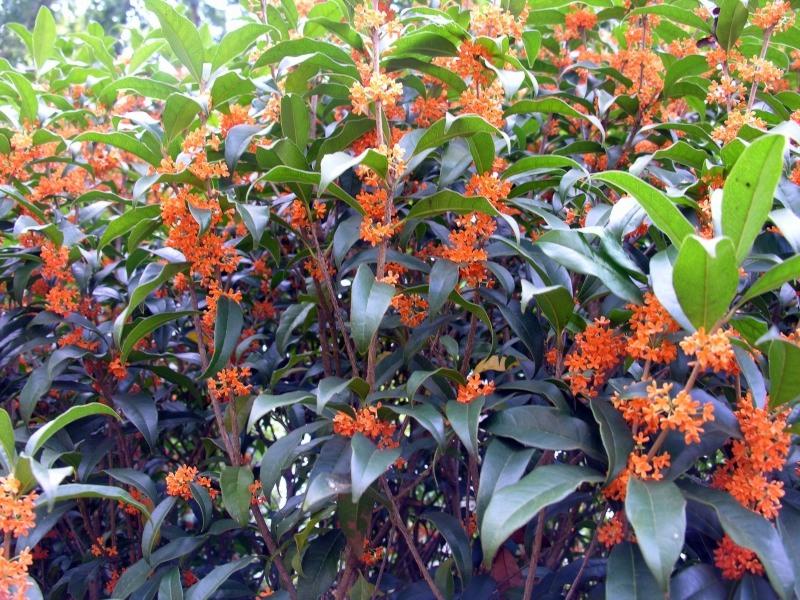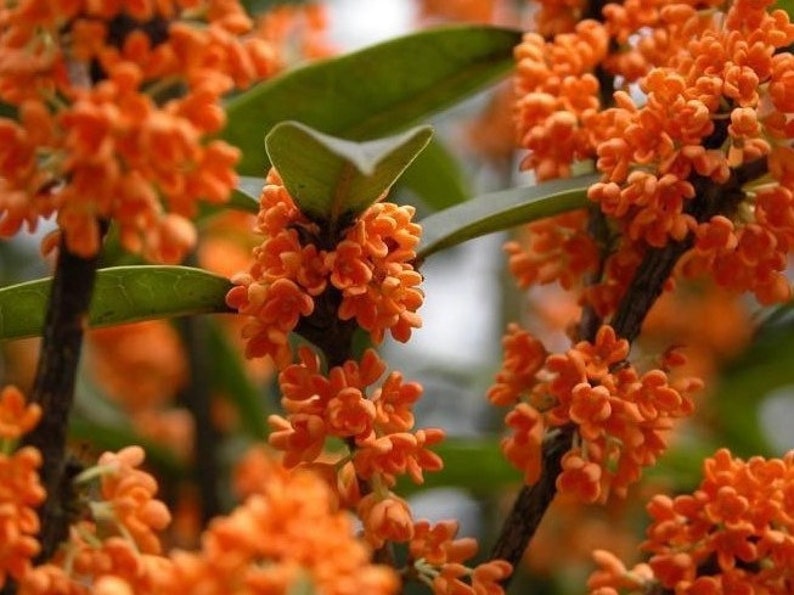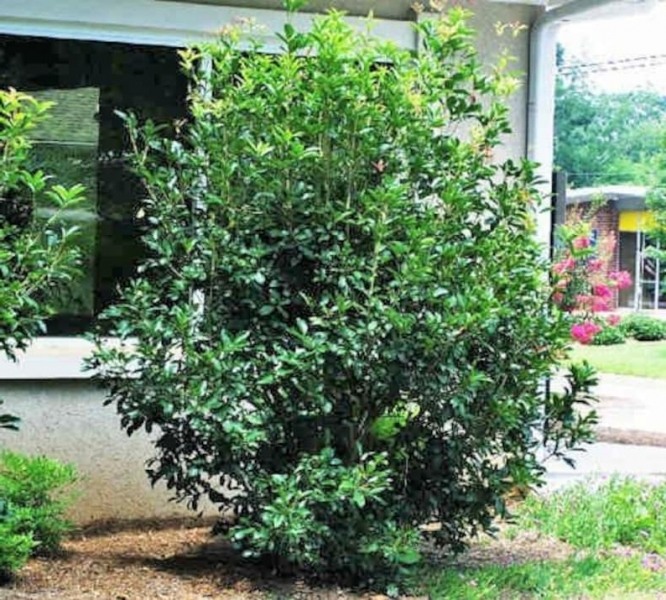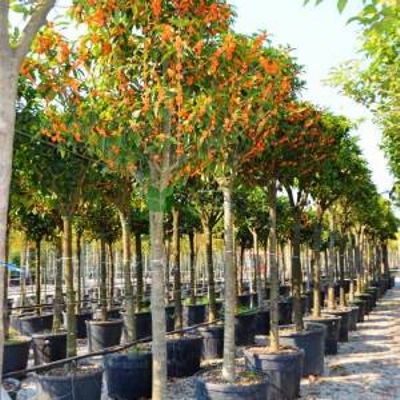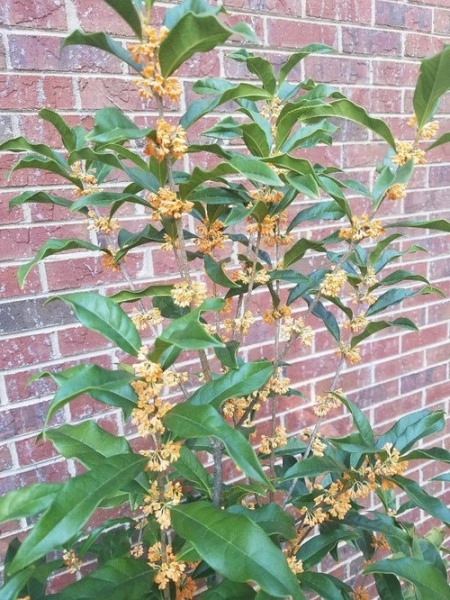Fragrant Orange Tea Olive
| tea olive |
It is a evergreen, perennial, fragrant, flowering large shrub or small tree, see how the Fragrant orange tea olive looks like in the garden and landscape.
Fragrant Orange Tea Olive is suitable for growing in USDA hardiness zones: 7a, 7b, 8a, 8b, 9a, 9b, 10a, 10b. Other winter zone scales for planting this tea olive are ANBG: 1, 2, 3, 4; RHS: H6, H5, H4, H3, H2; PHZ: 8a, 8b, 9a.
Tea Olive details
| Plant type | tree, shrub, flowering, fragrant, hedges | ||||||||
| Life cycle | perennial, evergreen | ||||||||
| Sun needs | part shade, full sun | ||||||||
| Growth habit | upright | ||||||||
| Flowering period | fall | ||||||||
| Height at maturity | 3 m - 5 m | ||||||||
| Spread | 2 m - 2 m | ||||||||
| Spacing | 2 m - 2 m for a solid hedge; 14' (4m) or more for space between plants | ||||||||
| Soil type | loamy, sandy, clay, silty | ||||||||
| Soil moist/drainage | well drained moist, dry | ||||||||
| Soil PH | 5.5 - 7.5 (moderately acidic - slightly alkaline) | ||||||||
| Water needs | average, very low when established | ||||||||
| Maintenance / care | average to low | ||||||||
| Resistance to | deer, disease, drought, heat, insect, dry soil | ||||||||
Winter hardiness zones:
| |||||||||
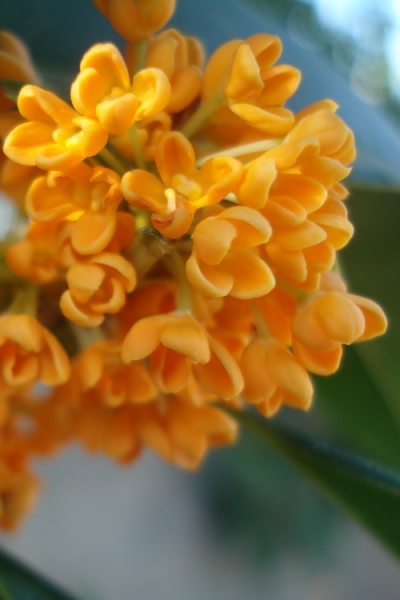 Fragrant Orange Tea Olive or Osmanthus fragrans, variously known as sweet osmanthus, sweet olive, tea olive, and fragrant olive, is a species native to Asia from the Himalayas through South China to Taiwan, southern Japan and Southeast Asia as far south as Cambodia and Thailand.
Fragrant Orange Tea Olive or Osmanthus fragrans, variously known as sweet osmanthus, sweet olive, tea olive, and fragrant olive, is a species native to Asia from the Himalayas through South China to Taiwan, southern Japan and Southeast Asia as far south as Cambodia and Thailand.
Fragrant orange tea olive ia an evergreen flowering shrub or small tree, in Chinese cuisine, its flowers may be infused with green or black tea leaves to create fragrant osmanthus tea.
Fragrant Orange Tea Olive is a fine addition to fragrance gardens, orange theme gardens and Asian gardens.
Can be grown on acid well drained moist soil of average fertility and dry soil when established (constantly soggy or wet soil can be problematic). Requires average/low maintenance. Requires at least 5 hours of direct sunlight per day or all-day lightly filtered sun for best flowering.
A cousin of the white-flowering Tea Olive, the Orange Tea Olive produces the same sweetly fragrant flowers but in a wonderful creamy orange color. Due to the presence of carotenoids in the flowers, some say that the Orange Tea Olive has a more pleasant fragrance than the white.
The flowers of the Orange Tea Olive are edible and also used in perfumes. In China, they use these flowers to scent black or green teas and also use it in perfumery.
Despite Orange tea olive is listed as cold hardy to USDA plant hardiness zone 7a, where low winter temperatures is 5 - 10 °F, the observations show it can easily survive in temperature 3 °F with no problems.
Fragrant Orange Tea Olive @ wikipedia.
